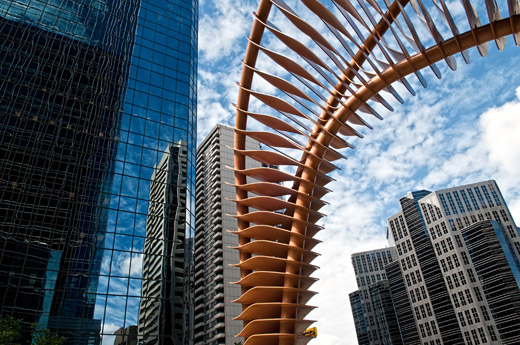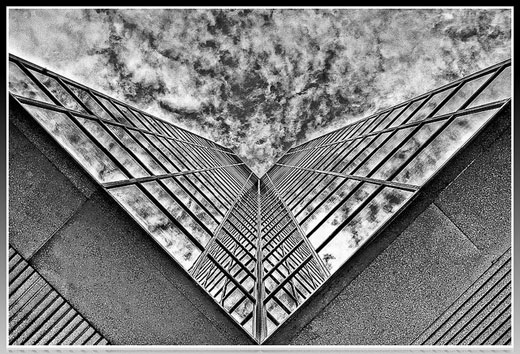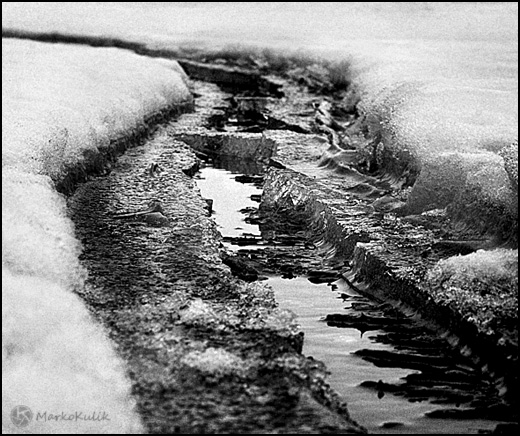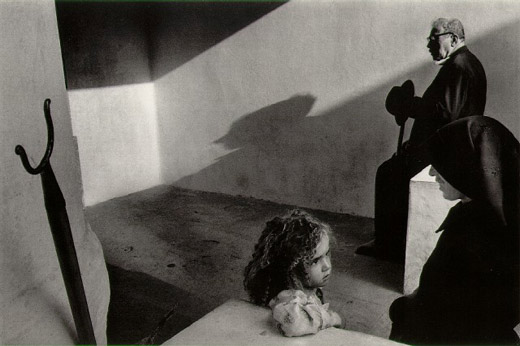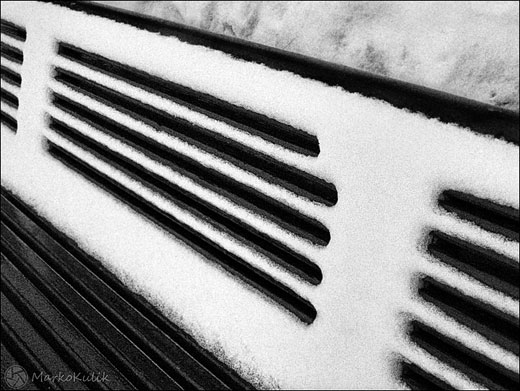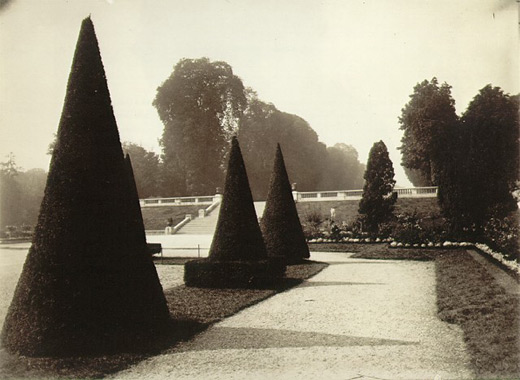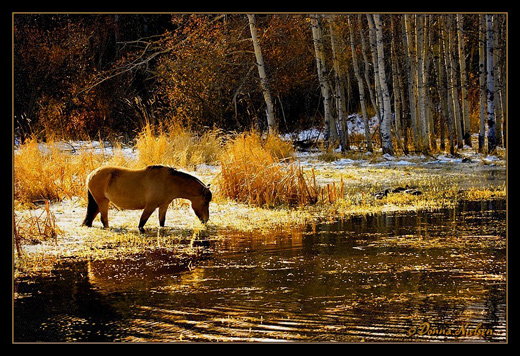I love to photograph the city in winter. The light is like no other time of year since the sun is always low in the sky. Long shadows crawl across the snow creating interesting lines. The light often has a subtle pinkish glow that you only see in summer at daybreak. There is a clean crispness to the air and the landscape. The bare trees and snow covered streets create a clean minimalism you don’t have in summer.
I was out wandering about with my newly purchased 8mm fisheye lens on a crisp Sunday afternoon. The temperature was hovering at minus 20 C with the bit of wind chill. It was sunny and the snow was reflecting the light back on every surface. I was in the skate park with the idea I could try out some interesting experiments with the snow covered skate domes. The new C Train overpass also runs along the edge of the park, so I thought it would work well with the lens’s distortion as well.
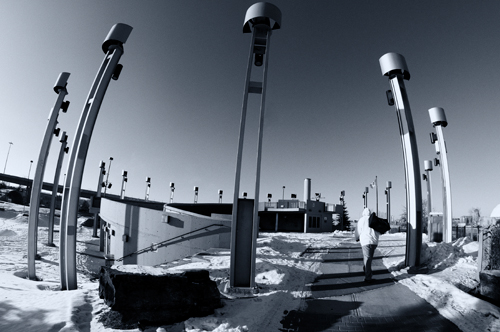
Urban Trek by Jacqueline A. Sheen
The problems that a cityscape photographer faces in winter are not much different than what a landscape photographer would experience. Our terrain is generally a bit smoother but it is equally as cold, so I always dress about the same as you would expect to dress if you were out in the mountains. I am usually out for a few hours at a time, so I make sure I am prepared for the weather. The advantage I have over the rugged landscape photographer is that I can find a Starbucks to warm up in pretty quickly when the going gets too cold!
If you are out in sub-zero temperatures for extended periods of time, you will have to consider how to care for your gear. I usually carry an extra battery in my pocket but so far I have not had to use it. Recently, while out on the street on a crisp day of about minus 10 C, I noticed the sun shining into one of our plus 15s that is accessible from the street. I thought it might make for an interesting shot from the inside and climbed up the stairs to go inside. Well– myself, (I wear glasses) the camera LCD screen and the lens filter all fogged up as you might expect. After a few minutes the fogginess cleared and I was able to get the shot. I am told that having a filter on the front of your lens helps keep moisture off the lens itself so you may want to consider a UV filter for that reason. Also when I come in from shooting on a cold day, I remove the memory cards from my camera, pack up the camera and lenses in the bag, then I zip it up tightly. I let everything return to room temperature for several hours before removing the gear from my bag. That way I avoid the problem of condensation on my camera and lenses. Having a well padded camera bag is useful for this reason.
For this photo, which I call “Urban Trek”, I was lining up the 8mm fisheye lens to show off the circle of street lights in the park. Someone walked into my frame and I snapped the picture. The idea of the urban trekker appealed to me. Here we have an urbanite facing the harsh cold elements surrounded by this stark bright landscape. His dress and posture further emphasize the cold temperatures as he quickly walks to his destination.
Jacqueline A. Sheen is a photographer living in Calgary Alberta, Canada. You can check out more of her work at www.jasphoto.ca and she also goes by the handle JAS_Photo on our photography forum.
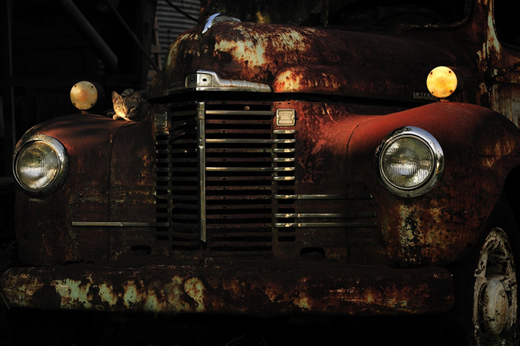
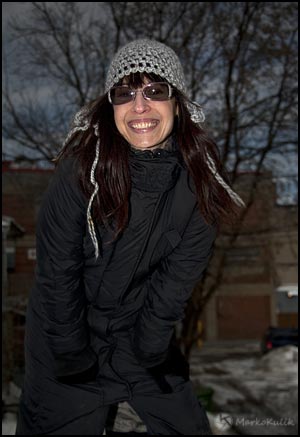
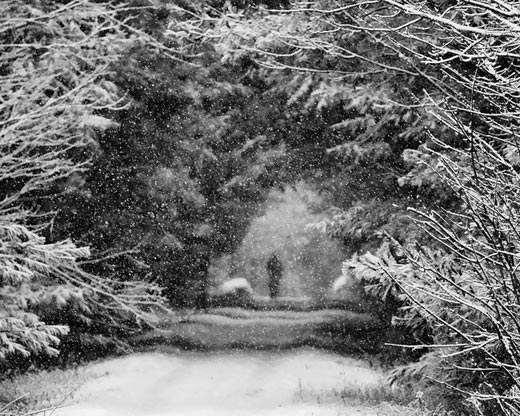
 ’ the falling snow here. A good exposure keeps the whites in check and offers up wonderful tonality with a good range of tones. If I have 1 teeny niggle I might burn in the lightest branches at top right by maybe 5%.
’ the falling snow here. A good exposure keeps the whites in check and offers up wonderful tonality with a good range of tones. If I have 1 teeny niggle I might burn in the lightest branches at top right by maybe 5%.